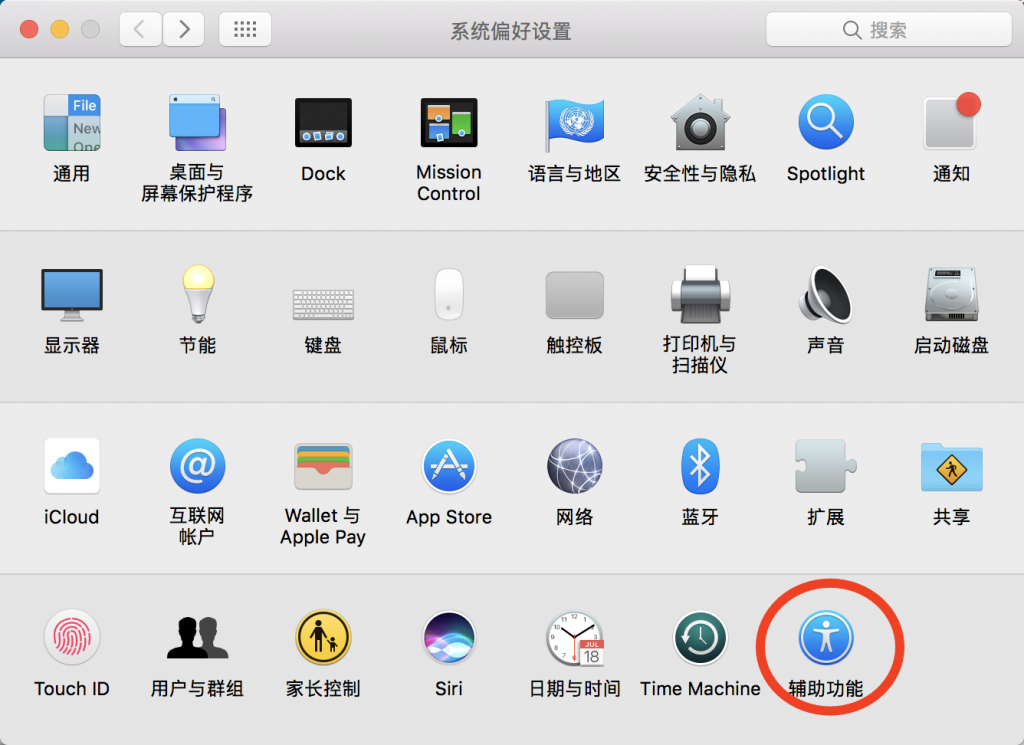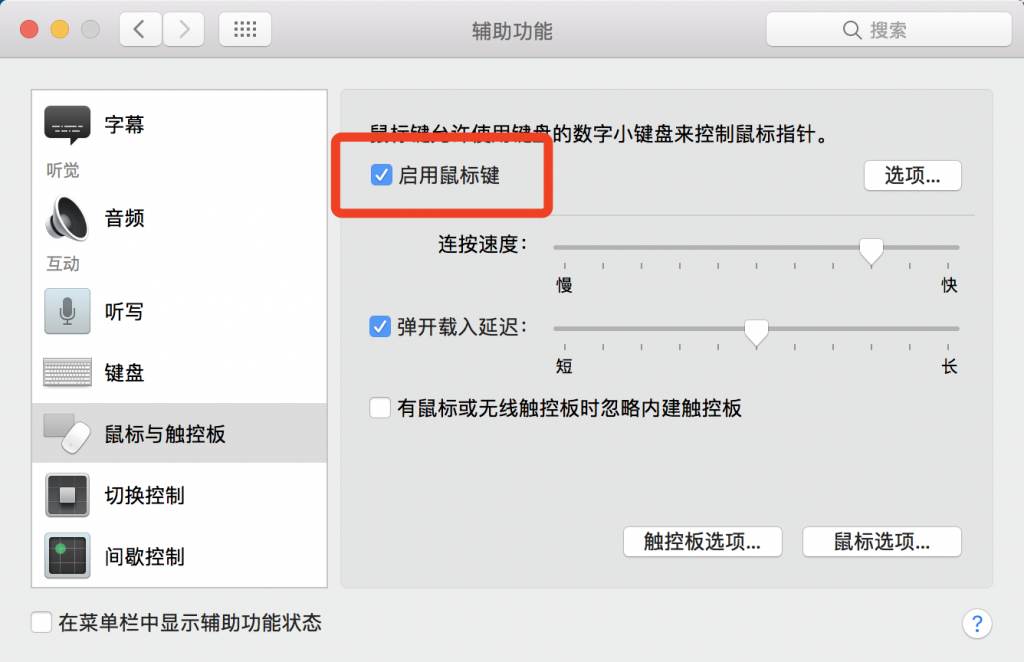Given a binary array, find the maximum number of consecutive 1s in this array.
Example 1:
Input: [1,1,0,1,1,1]
Output: 3
Explanation: The first two digits or the last three digits are consecutive 1s.
The maximum number of consecutive 1s is 3.
Note:
The input array will only contain 0 and 1.
The length of input array is a positive integer and will not exceed 10,000
分析:设立cnt数组,表示在nums[i]处当前连续的1的值,maxn取其最大的值,在遇到nums[i] == 0的时候更新maxn的值。最后还要更新一下防止最后一个是1.
|
1 2 3 4 5 6 7 8 9 10 11 12 13 14 15 16 17 18 |
class Solution { public: int findMaxConsecutiveOnes(vector<int>& nums) { vector<int> cnt(nums.size()); int maxn = 0; cnt[0] = nums[0]; for(int i = 1; i < nums.size(); i++) { if(nums[i] == 0) { cnt[i] = 0; maxn = max(maxn, cnt[i-1]); } else { cnt[i] = cnt[i-1] + 1; } } maxn = max(maxn, cnt[nums.size() - 1]); return maxn; } }; |

